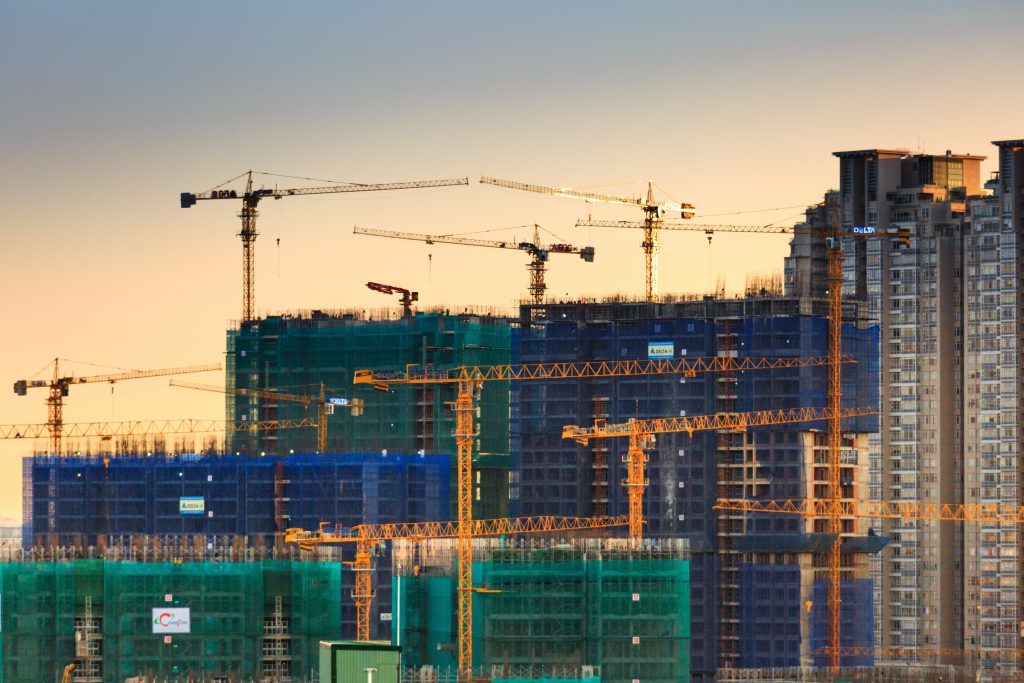Estimated reading time: 3 min
Defining Sustainability
Sustainability is a word that is often thrown around within the architecture industry, used as a catch-all term for any project that has considered the environment at some point during its design and construction. But what does it really mean?
In the most simple terms, it is synonymous with environmental protection, but people have taken this broad definition to mean many things. It is important that architects and designers find a true definition of sustainability and what it means for the industry.
It is easy to make a building environmentally friendly. Sensible insulation choices, better glass and energy-efficient technologies for heating and cooling enable an architect to slap a ‘sustainable’ sticker on their design, but is this true, long term sustainability?

Materials, Lifecycles and Energy
Sustainability can include considerations such as where the building is placed, or even how many buildings the design should include. Materials with low carbon footprints are already being embraced by architects and many base materials are now coming from renewable resources. Does this mean that sustainability is related to the resources a project uses up? Is it the energy it takes to construct a project, or the energy used to run the building through its lifetime?
Sustainability through building materials is a complex task. Take aluminium for example. Aluminium takes a lot of energy to produce, which would indicate it is not a sustainable resource, however, it can be recycled and reused. Depending on how it is cultivated, wood can be a carbon-neutral material to produce, yet it isn’t truly renewable due to the time frames required to replenish stocks used in building construction. When choosing sustainable building materials, architects need to consider the production of the material, the energy-saving properties during a building’s lifecycle (such as its ability to provide insulation to a development) and what happens to the material at the end of a project’s lifecycle. Can we put it back? Can we recycle it? What is the environmental impact of destroying it?
What designers need to embrace more now is the idea of sustainability not just in construction or building use, but in the entire lifecycle of a project. Sustainability isn’t achieved through individual techniques, but in combining these individual techniques like cogs in a machine.

Social Sustainability
So far we have focused primarily on environmental sustainability. However, sustainability can also be economic or societal. Economically, architects must consider how the cost of their design might evolve during the project’s lifetime. Societal sustainability determines whether a project will continue to serve the needs of the generations coming up behind the current clients. For millennials and Gen Z, sustainability is not an abstract concept or individual conscious actions but a lifestyle that influences and instructs their day-to-day lives. With continuously growing prevalence in media coverage and a permanent discussion point on social media platforms, sustainability is a topic that is always present, not a ‘special feature’.
This focus on sustainability is at the heart of the lives of the architecture industry’s future clients. 30 years ago if you asked a person what was important to them, owning a car and their own home would be at the top of their list. For younger generations, however, things like car ownership have fallen in priority, instead, health and wellbeing are given much greater importance. This is reflected in the architecture industry. Future architects will talk about technique and gridlines but they are always focused on the question ‘what is this doing to the environment, what is it doing to the people inside?’


